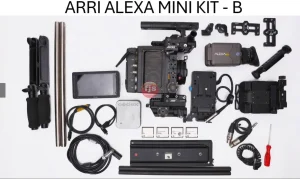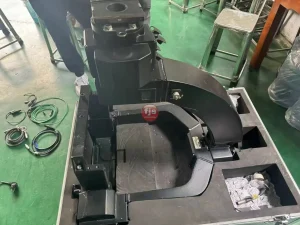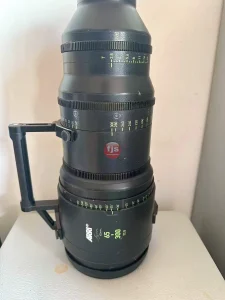Introduction:
Digital camera storage has come a long way since the early days of photography. In the past, cameras relied on film to capture and store images. However, with the advent of digital cameras, storage methods have evolved significantly. In this post, we will explore the history of digital camera storage, its benefits, development, industry usage, and future possibilities.
- What is digital camera storage and why is it important?
- Digital camera storage refers to the various methods used to store images and videos captured by a digital camera. It is an essential aspect of photography as it allows photographers to preserve their work and access it at a later time. The ability to store images digitally has revolutionized the way we capture and share memories.
- What are memory cards and how do they work?
- Memory cards are small, portable devices that are used to store digital data, including photos and videos. They typically use flash memory technology, which allows for quick and reliable data storage. Flash memory is a non-volatile form of storage that retains data even when power is removed. This makes memory cards a popular choice for digital camera storage due to their durability and capacity.
- What is CompactFlash and how does it differ from other memory card formats?
- CompactFlash is a specific type of memory card format commonly used in professional cameras. It was introduced by SanDisk in 1994 and quickly became popular due to its larger storage capacity compared to other formats at the time. CompactFlash cards utilize a parallel interface, making them suitable for high-speed data transfer and continuous shooting.
- How has the development of digital camera storage benefited photographers?
- The development of digital camera storage has brought numerous benefits to photographers. Firstly, it allows for instant access to images, eliminating the need for film processing. This enables photographers to review and edit their work immediately, improving efficiency and creativity. Additionally, digital storage provides ample capacity to store thousands of images, offering greater flexibility and convenience.
- How is digital camera storage used in various industries?
- Digital camera storage is widely used across various industries. In the field of journalism, for example, it enables photographers to quickly capture and transmit images for news coverage. In the fashion industry, digital storage allows for efficient cataloging and retrieval of product images. Furthermore, in the scientific community, digital storage plays a vital role in capturing and analyzing data for research purposes.
- What does the future hold for digital camera storage?
- The future of digital camera storage looks promising. As technology continues to advance, we can expect even larger storage capacities and faster data transfer speeds. Additionally, advancements in cloud storage and wireless connectivity may offer new possibilities for seamless and instant image sharing. The development of more compact and efficient storage solutions will also contribute to the portability and accessibility of digital camera storage.
Conclusion:
Digital camera storage has come a long way since its inception, with memory cards and flash memory revolutionizing the way we capture, store, and share images. The benefits of digital storage, such as instant access, ample capacity, and versatility, have made it an indispensable tool for photographers across various industries. As technology continues to advance, the future of digital camera storage holds exciting possibilities for even more convenient and efficient ways to preserve and share our visual memories.








